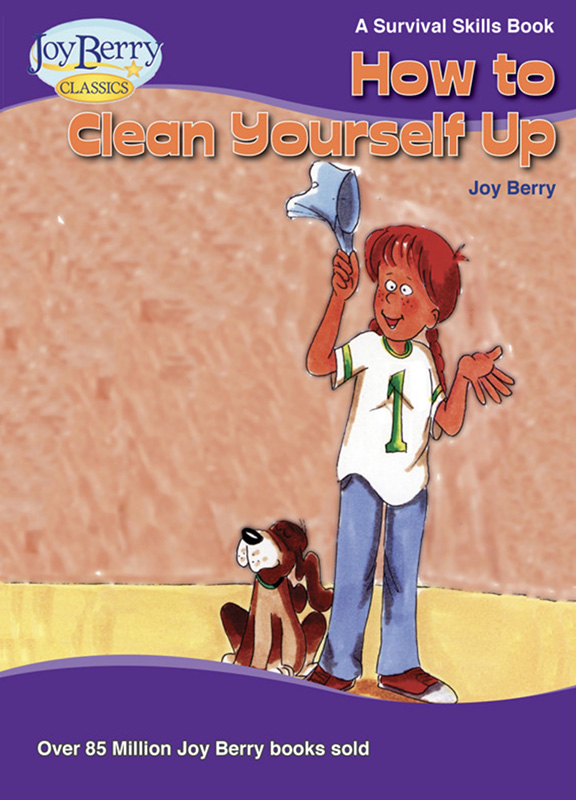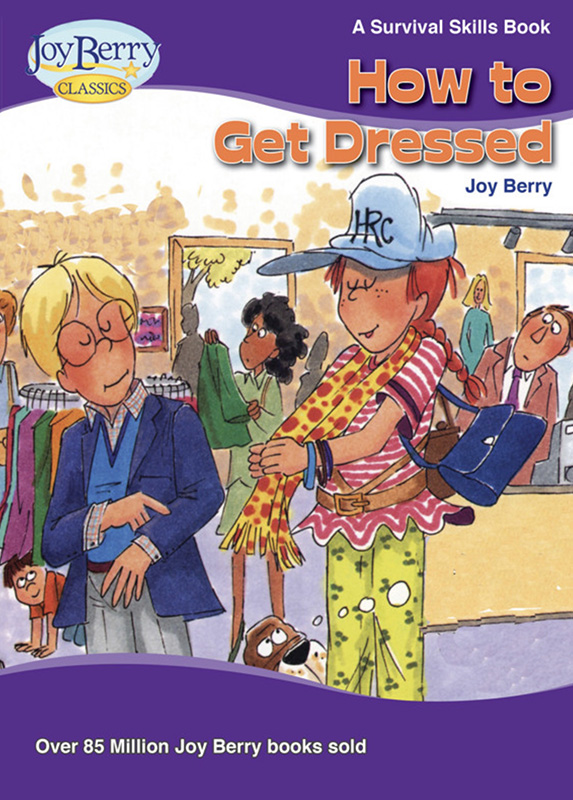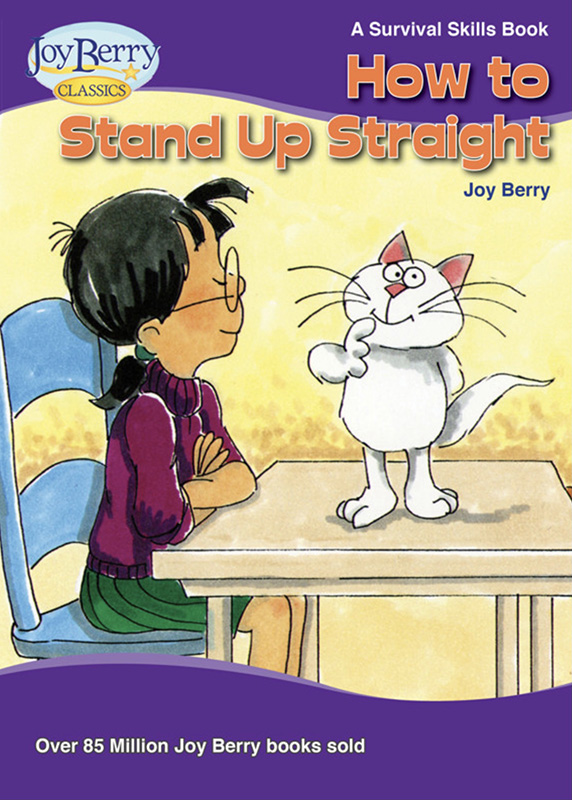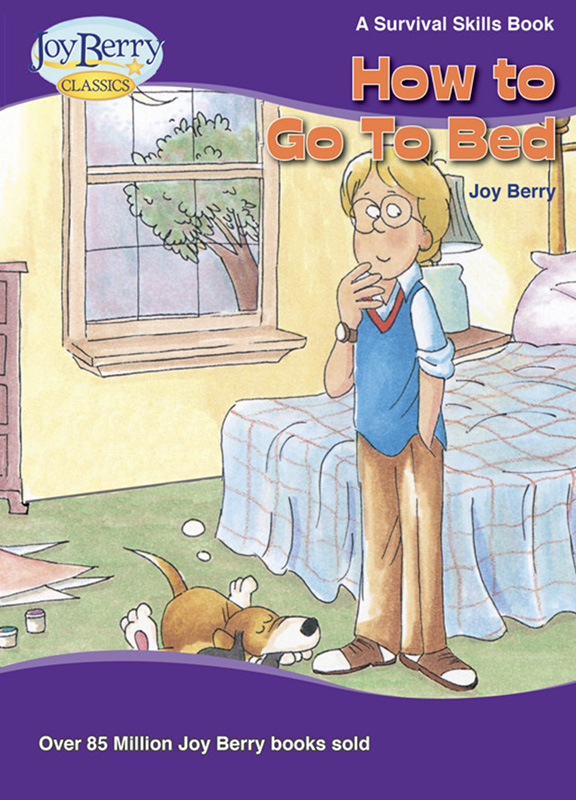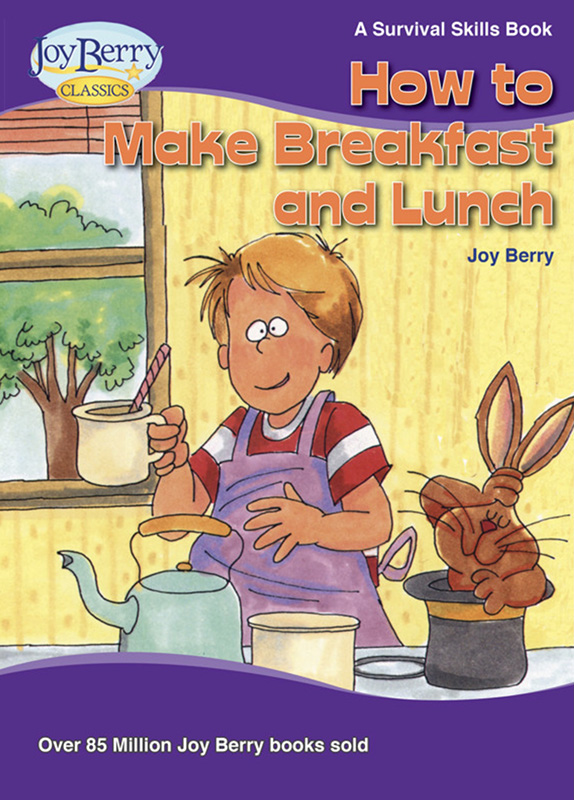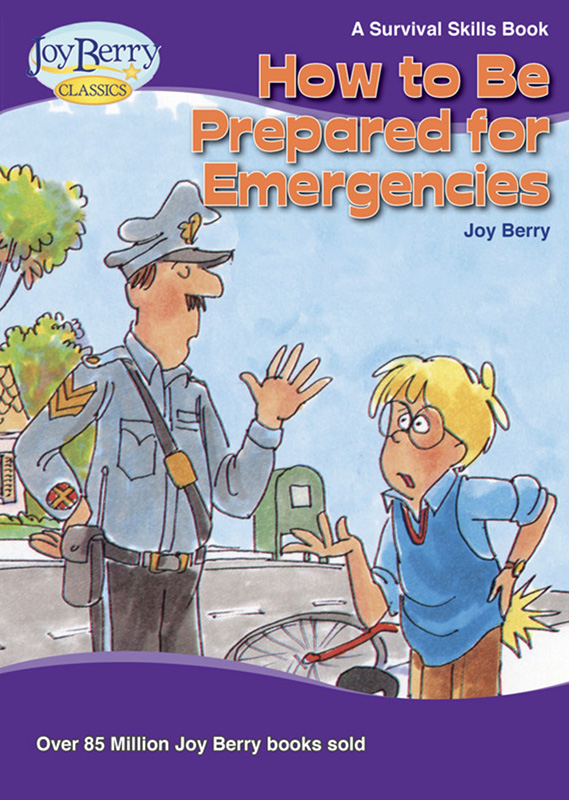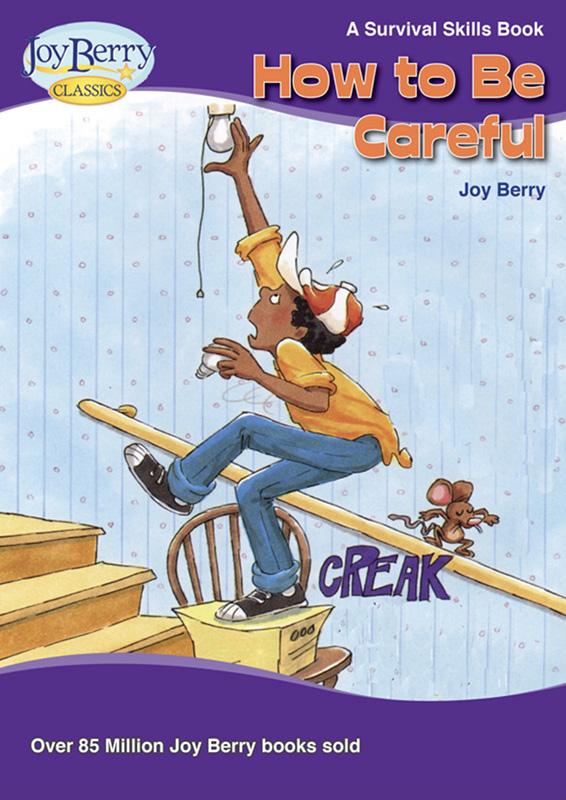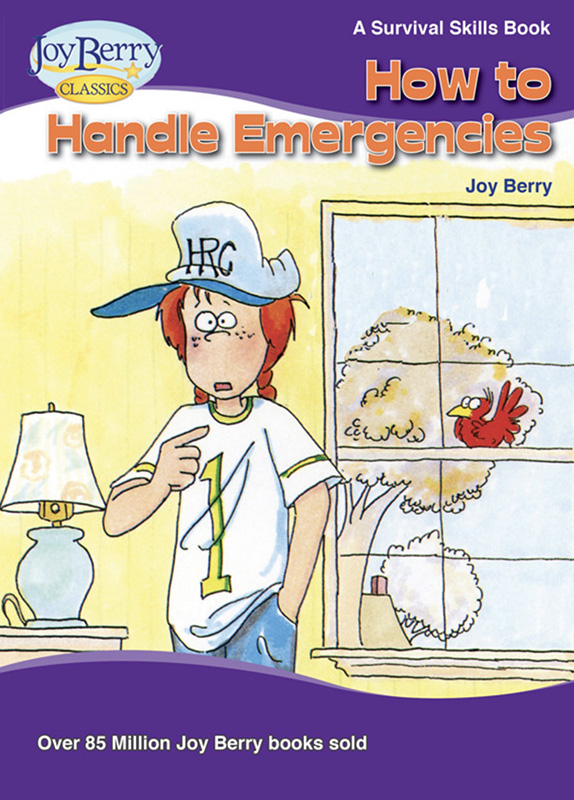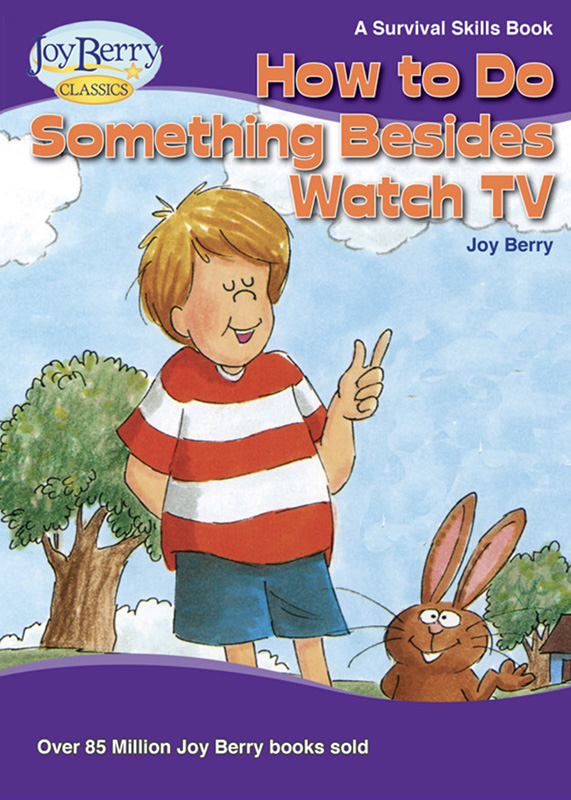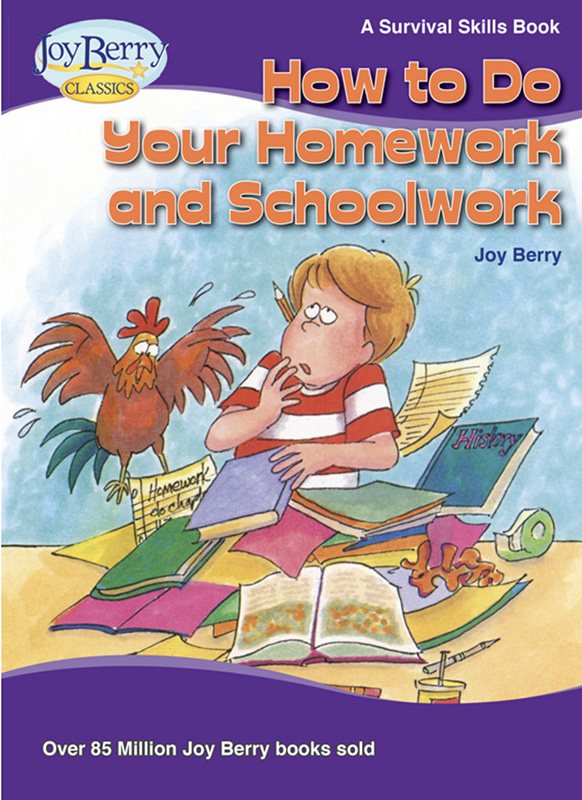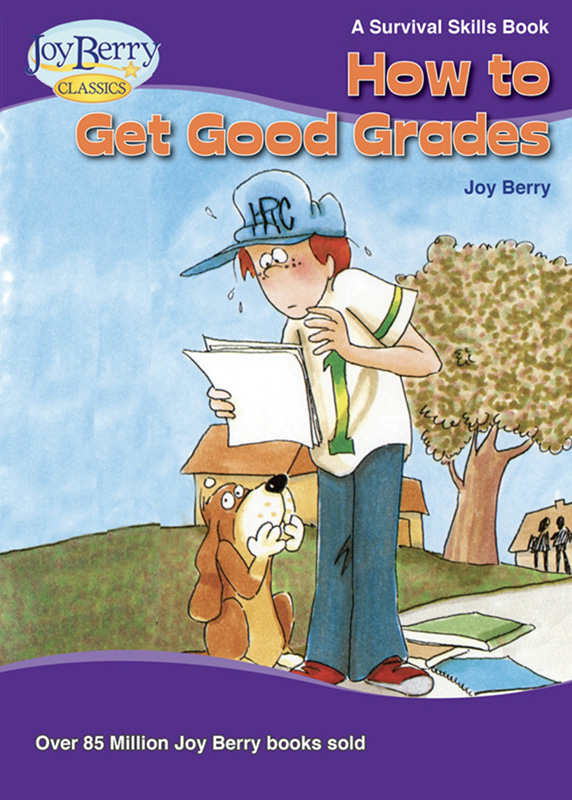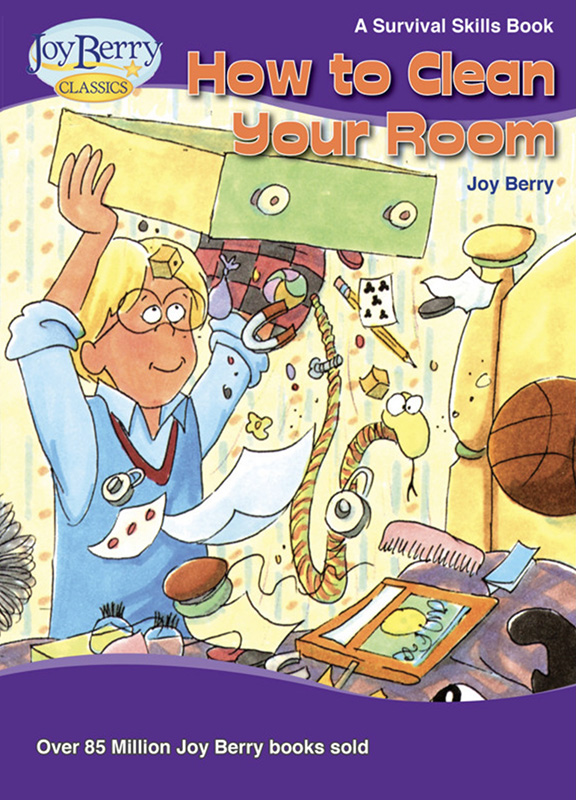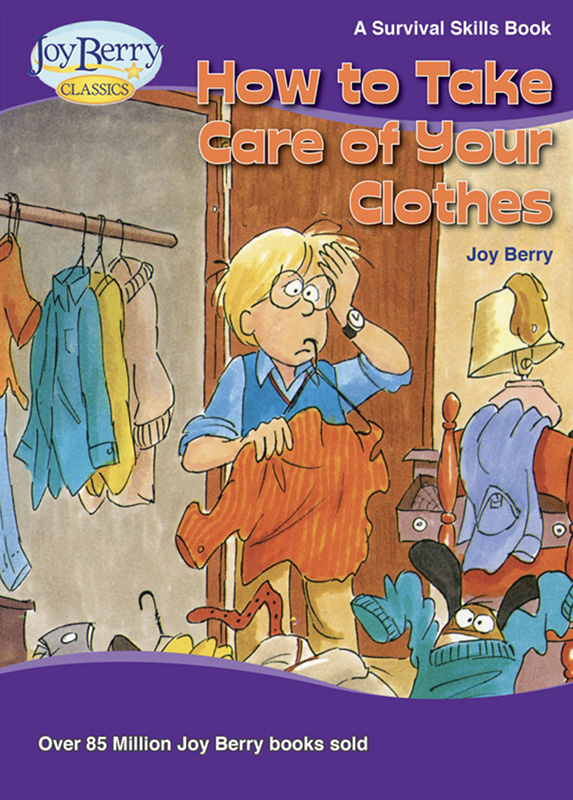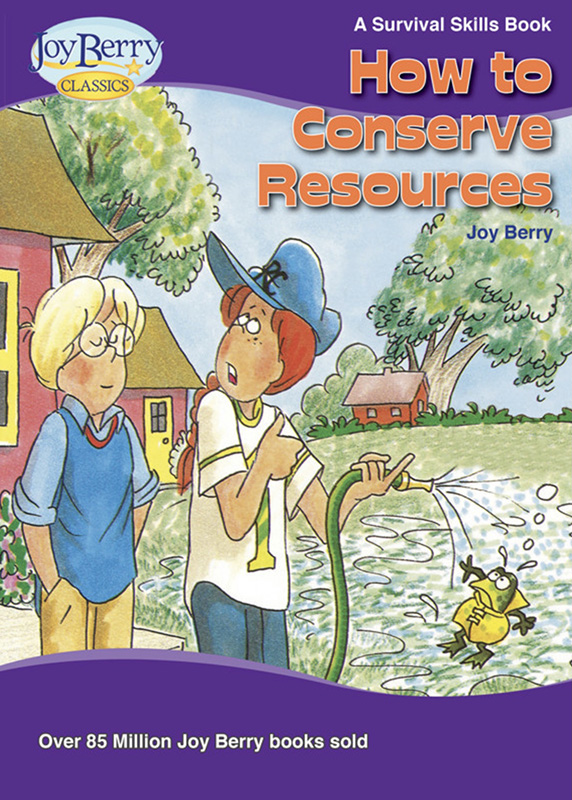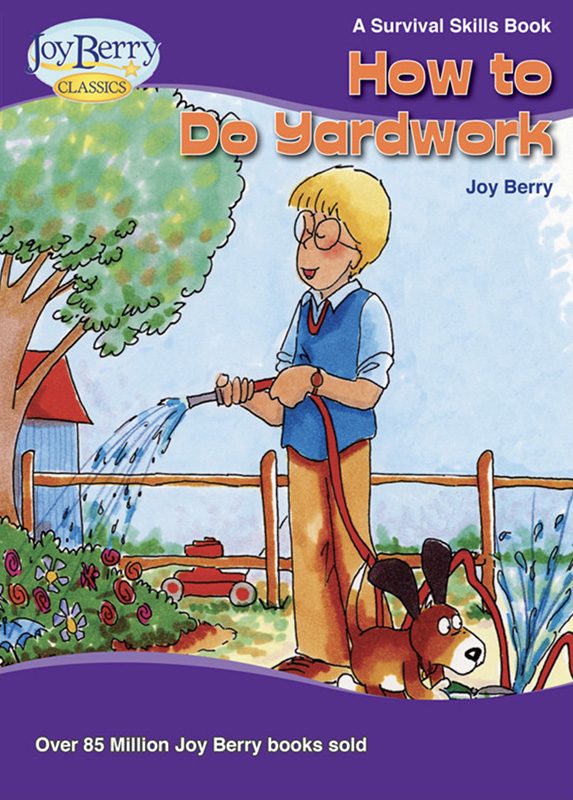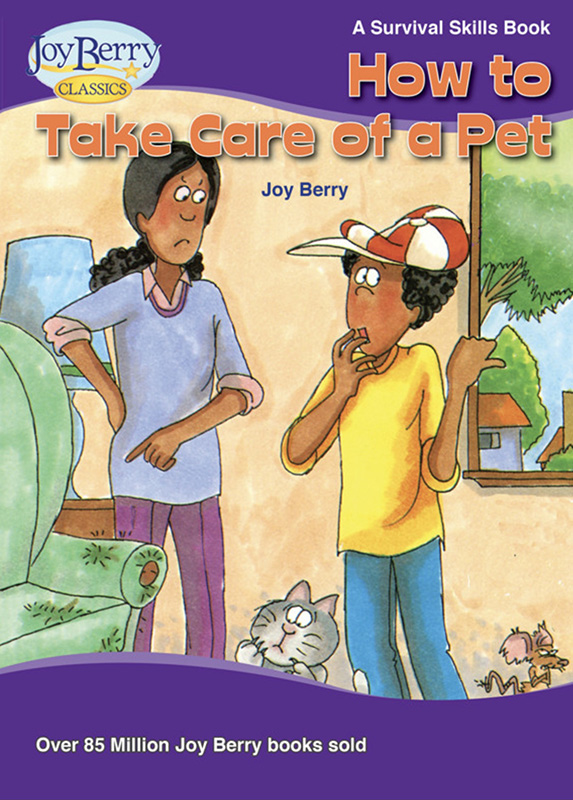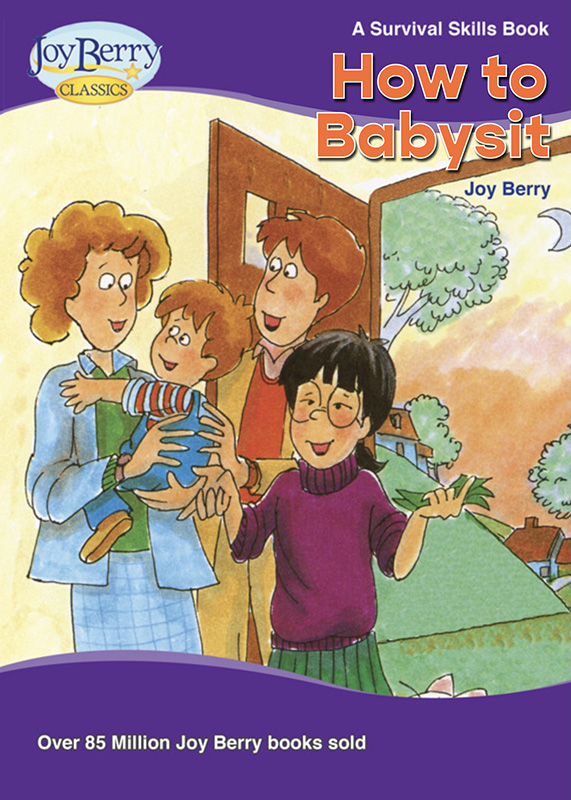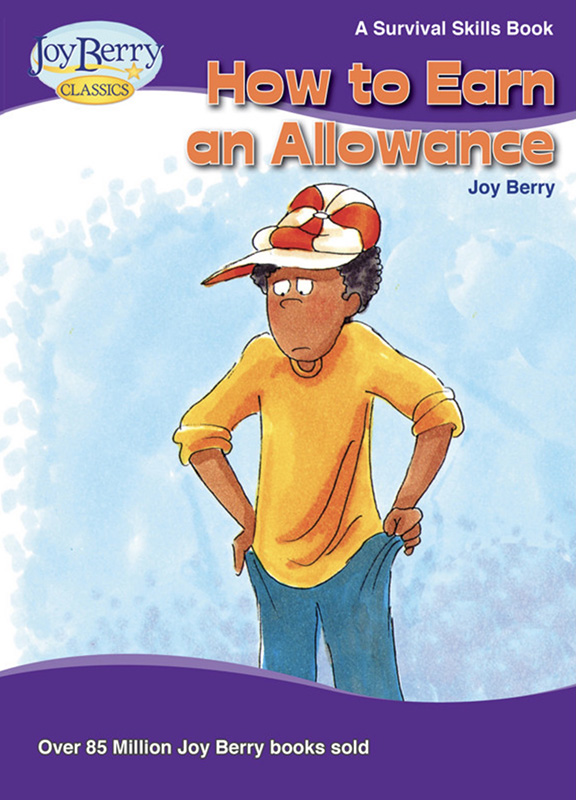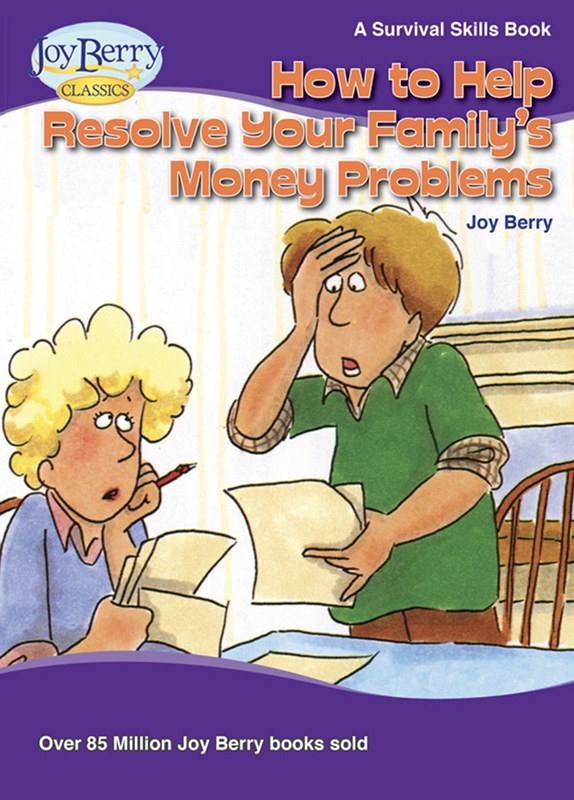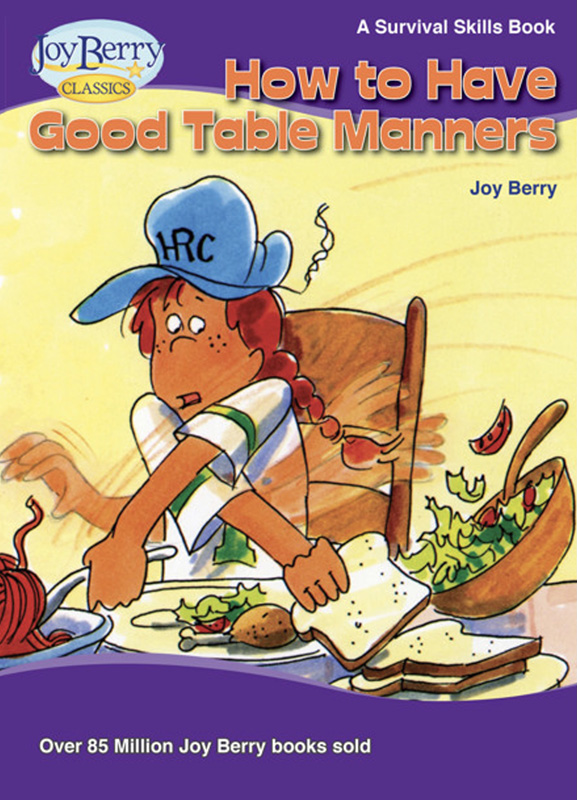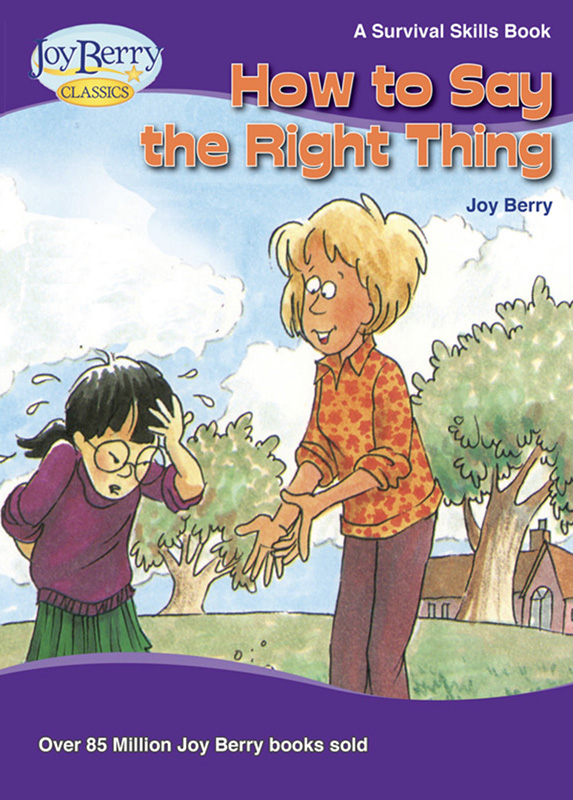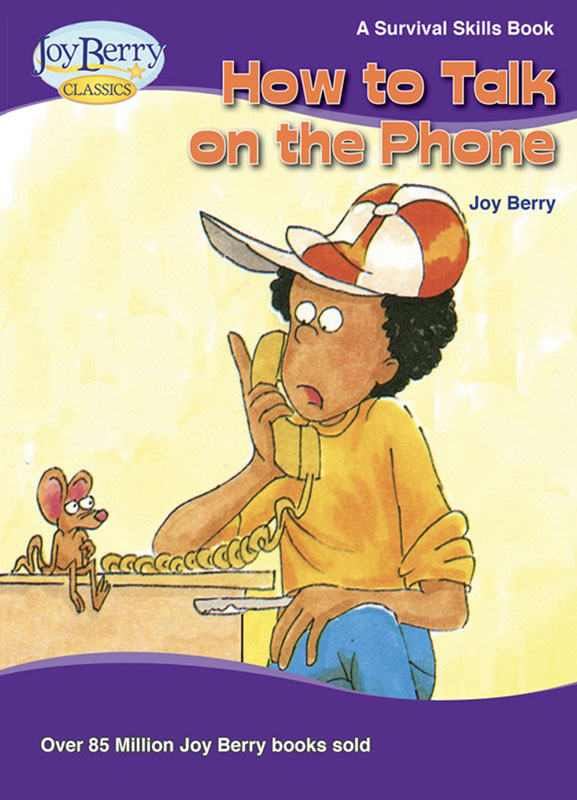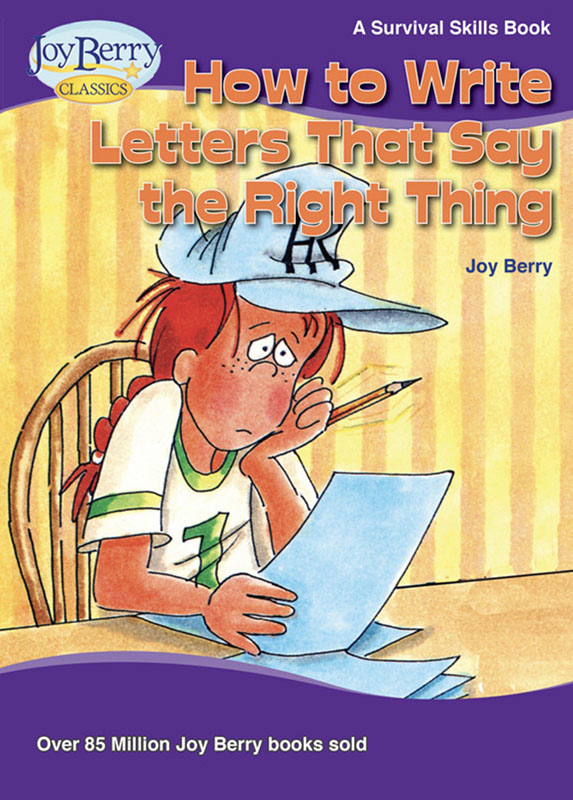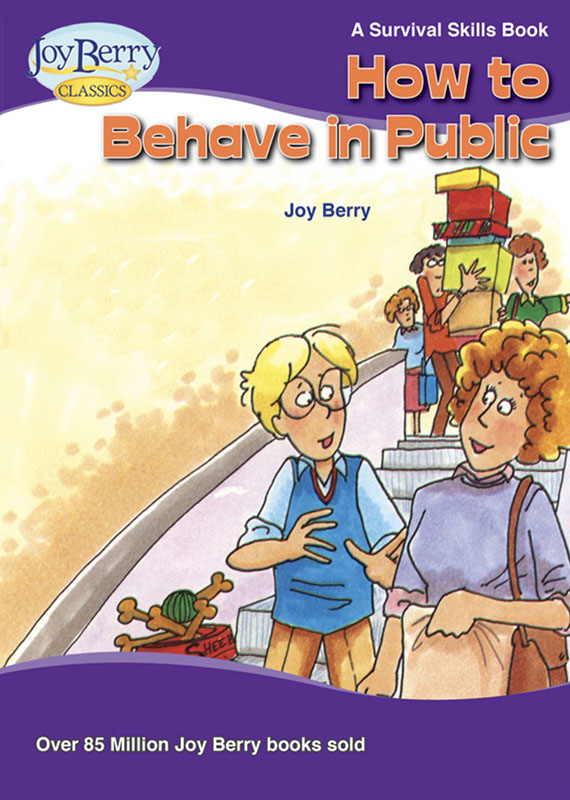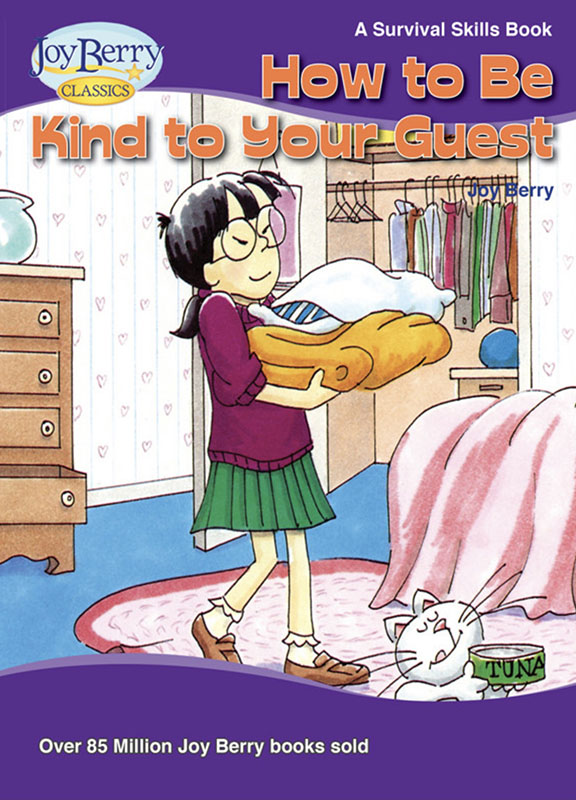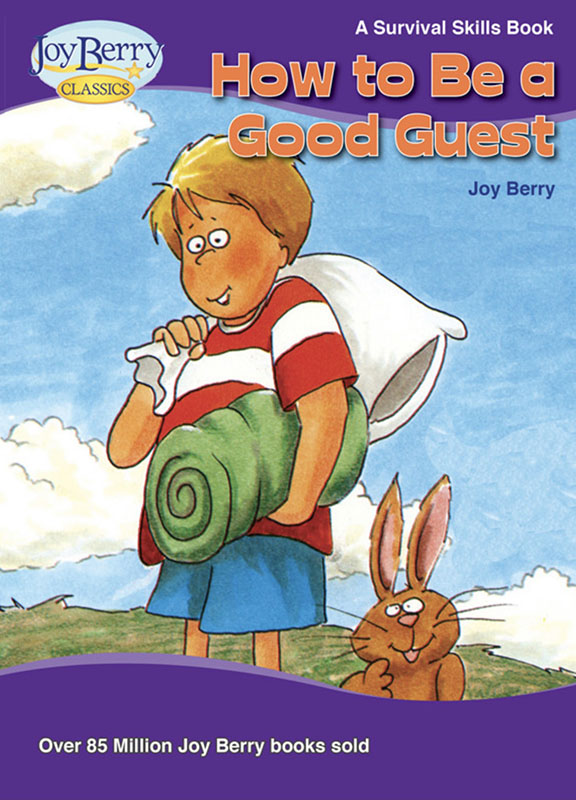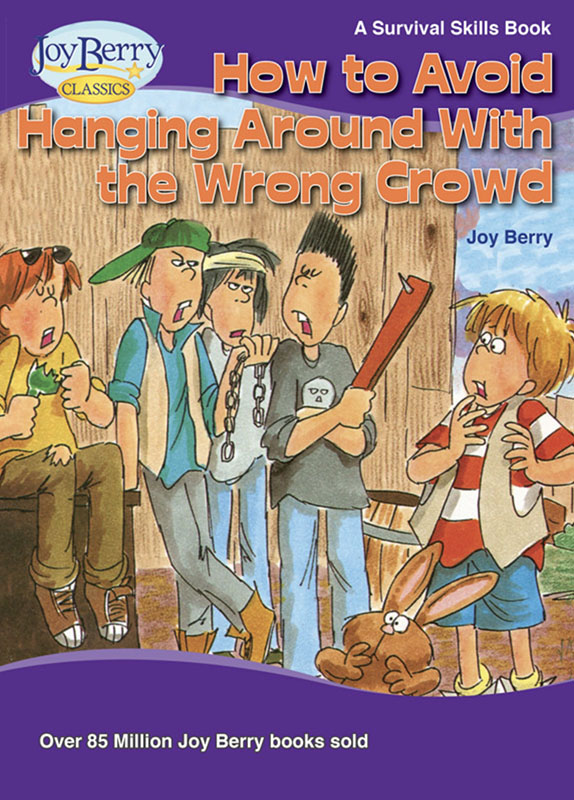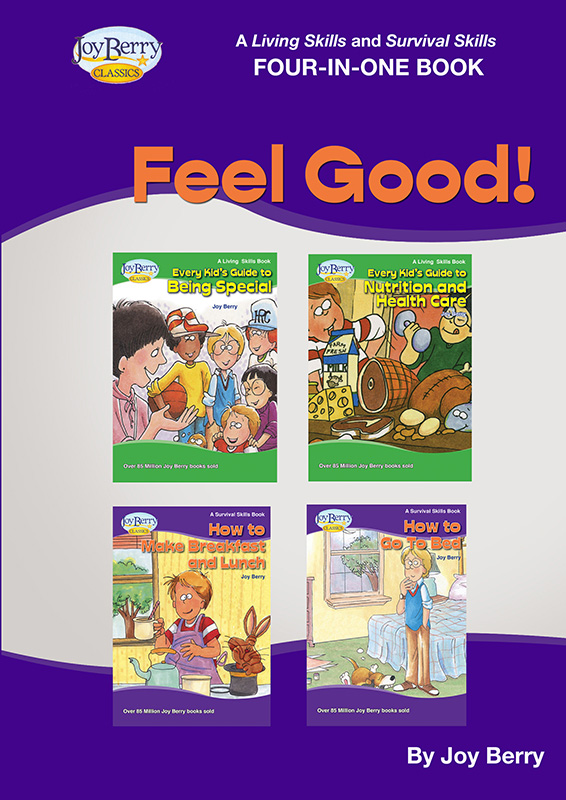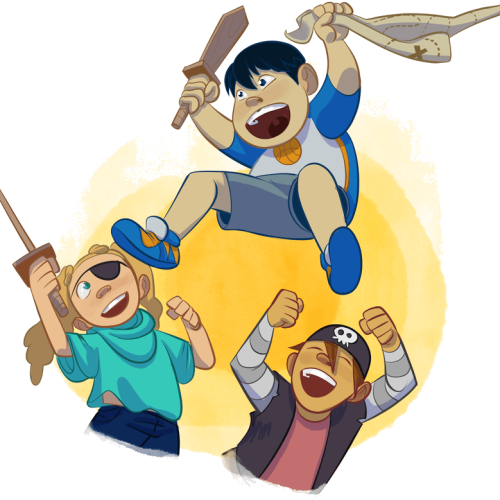The Official Joy Berry Website
Helping Kids Help Themselves
become responsible, happy, and successful
Menu
Menu
BOOKS FOR 9, 10, & 11 YEAR OLDS
Survival Skills
Our 28 Classic Kid-tested, Parent/Teacher-approved
SURVIVAL SKILLS books that feature enjoyable, vintage cartoon art are
BACK BY POPULAR DEMAND!
WHY? Because most failure to fulfil expectations is due to not knowing why and how to fulfill them. And each DIY book explains the importance of fulfilling an expectation. Then it provides simple, easy-to-understand, step-by-step illustrated instructions for doing the job well.
And that’s why all 28 engaging SURVIVAL SKILLS books are an INDESPENSABLE RESOURCE FOR KIDS!
INDIVIDUAL TOP SELLERS include:
Clean Your Room, Earn an Allowance, Do Your Homework, Get Good Grades,
Be Prepared for Emergencies and Avoid Hanging Around with the Wrong Crowd.
(Scroll down for more information from Joy about the Survival Skills books.)
Scrolling from top to bottom, the order of the SURVIVAL SKILLS titles reflects the developmental growth of kids that progresses from Personal Skills to Social Skills to Coping Skills.
A MESSAGE FROM JOY
When I began working with kids, one of my biggest frustrations came from watching them struggle to fulfill expectations without having the necessary information and skills to do so. This was especially true when I witnessed parents issuing common edicts like “Be good!” or “Clean your room!” or “Do your homework!”
I could not help but wonder how parents could expect their kids to accomplish assignments that they did not know how to do. That quandary became the impetus for the kids’ How-to (Do-it-yourself) classes that were a part of the supplementary school programs that I directed during the 1980’s. The purpose of the classes was to teach kids how to do the everyday things that they needed to do.
Because at the time there were no educational materials to use for the How-to classes, I began to create them. While putting together the materials, I learned rather quickly that, unlike academic education that requires reading textbooks and filling out workbooks, Livings Skills education requires first-hand experiences. This means that kids learning how to organize a space need to engage in actually organizing a space.
However, in order to maximize first-hand experiences, kids need step-by-step instructions. And because instructions can be somewhat boring, kids need “a little bit of sugar to make the medicine go down.” Consequently, when I eventually began converting the How-to class materials into self-help books for kids, I made certain to make the books fun to use by adding engaging story elements and humorous cartoon illustrations. I also made each book motivational by explaining why it was beneficial to complete a particular task and what could make the task easier to accomplish.
Currently, the How-to self-help books are called the Survival Skills and remain an important part of the Joy Berry Classics Library because they continue to help eliminate parent/child frustrations and conflicts by teaching kids how to do tasks and motivating them to do the tasks.
THE CLASSIC STATUS OF THE SURVIVAL SKILLS (aka HOW to) BOOK
The SURVIVAL SKILLS books are a part of the collection of kids’ self-help books and other materials called THE JOY BERRY CLASSICS.
The purpose of the JOY BERRY CLASSICS is to help children, from the beginning of their lives through pre-adolescence, become responsible:
for themselves,
in their relationships with others, and
in the way that they relate to the things in their environment.
The classic look and feel of the SURVIVAL SKILLS books is due to the restoration of the vintage artwork from the original publications that is now featured in the current SURVIVAL SKILLS books.
THE PURPOSE
The 28 SURVIVAL SKILLS books help elementary school age kids fulfill all of the reasonable expectations that they are required to fulfill.
Unfortunately, kids in elementary school are often unprepared to fulfill the many expectations that are placed on them and this results in frustration all the way around. The SURVIVAL SKILLS books can help a child fulfill the expectations that inundate his or her life by providing simple, step-by-step instructions for accomplishing various tasks and goals. The SURVIVAL SKILLS books will also provide the rationale behind each expectation and thus motivate kids to follow through with whatever needs to be done.
THE GUIDELINES FOR USE
To ensure the success of the skills that are being taught via the SURVIVAL SKILLS books it is recommended that the “show-me-how-then-let-me-do-it” teaching method be used.
Step One
The adult demonstrates how the task should be done by doing it while the child watches.
Step Two
The adult does the task with the child or watches while the child does the task. (The adult should avoid criticizing, and instead should praise anything the child does correctly.)
Step Three
The adult allows the child to do the task alone.
Step Four
The adult praises the work and expresses appreciation for what the child has done.
THE SURVIVAL SKILLS BOOKS
Divided into Developmental Categories
PERSONAL CARE
The purpose of the Survival Skills books in this category is to provide the information and skills kids need to take care of themselves.
Books in this category include Clean Yourself Up, Get Dressed, Stand up Straight, Go to Bed, Make Breakfast and Lunch, Be Prepared for Emergencies, Be Careful, and Handle Emergencies.
PERSONAL RESPONSIBILITIES
The purpose of the Survival Skills books in this category is to provide the information and skills kids need to fulfill personal expectations.
Books in this category include Do Something Besides Watching TV, Do Your Homework and Schoolwork, Get Good Grades, Clean Your Room, and Take Care of Your Clothes.
FAMILY RESPONSIBILITIES
The purpose of the Survival Skills books in this category is to provide the information and skills kids need to fulfill expectations related to the family.
Books in this category include Conserve Resources, Do the Yardwork, Take Care of a Pet, Babysit, Earn an Allowance, and Help Resolve Your Family’s Money Problems.
SOCIAL RESPONSIBILITIES
The purpose of the Survival Skills books in this category is to provide the information and skills kids need to fulfill social expectations.
Books in this category include Good Table Manners, Say the Right Thing, Talk on the Phone, Write Letters that Say the Right Thing, Behave in Public, Be Kind to Your Guest, Be a Good Guest, Avoid Hanging Around with the Wrong Crowd, and Be Good.
Menu
Copyright © 2024 Joy Berry Enterprises. All Rights Reserved.


